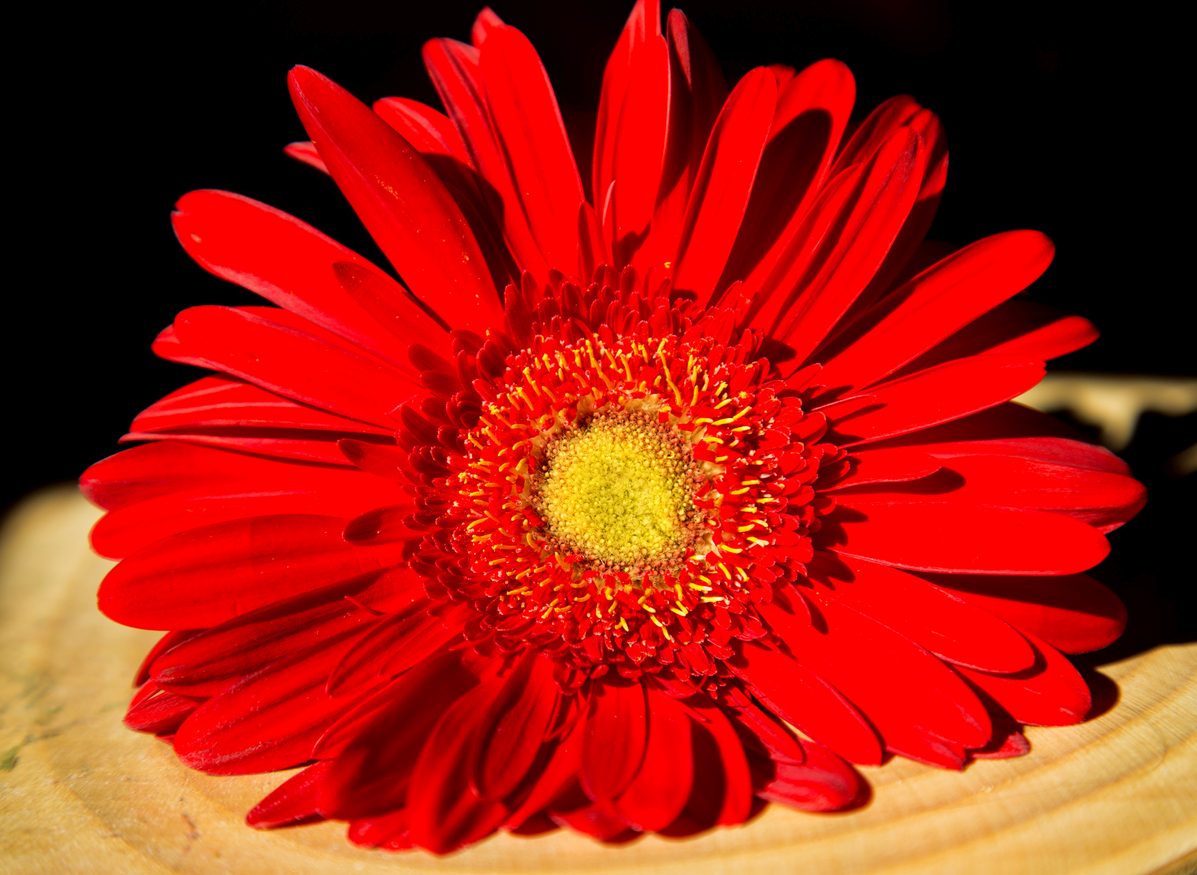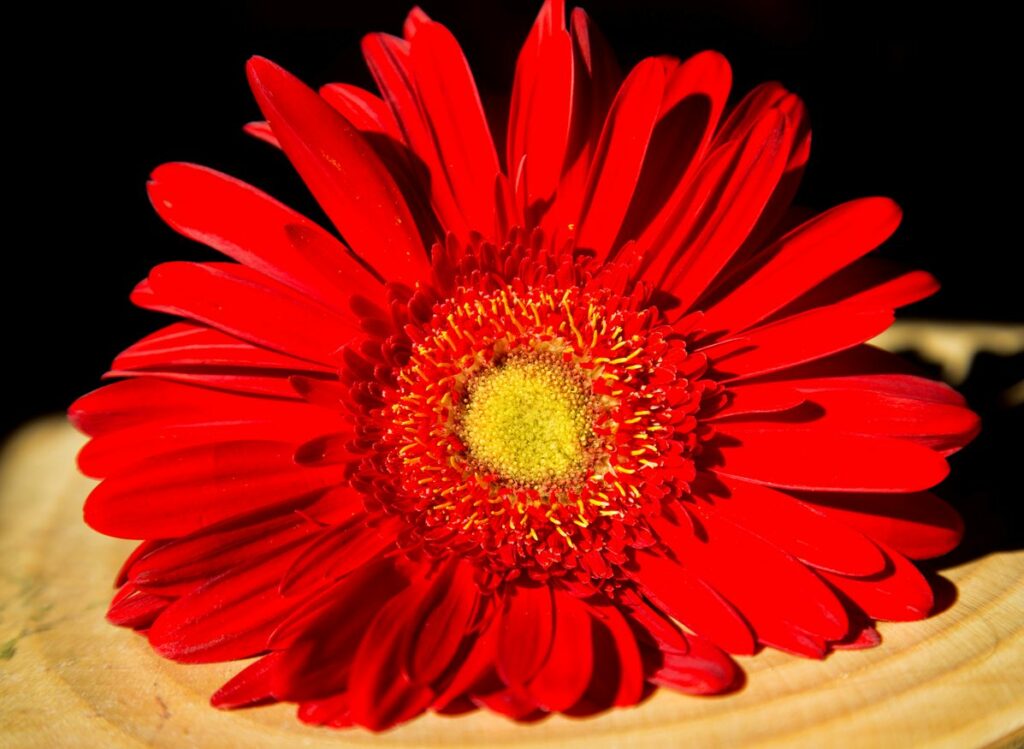Blanket Flowers Care: How To Grow Blanket Flower In Your Garden
Whether you grow it as a perennial or an annual blanket flowers are some of the most rewarding flowering plants. They are as low maintenance as they come so lack of gardening experience is not an obstacle here. But the way they transform that corner of your garden into bright shades of yellow and gold is simply breathtaking.
If you’re wondering where they got their name, blanket flowers simply cover your garden with daisy-like blooms that look like Native American quilts or blankets. They immediately become the focal point in your garden. So let’s see how you can grow them, which variety to grow, and how much care they actually need.
Blanket Flowers at a Glance
Native to the US and Canada, blanket flowers (Gaillardia) are herbaceous perennials that have spread all over North America. Some varieties grow as annuals and they vary in size and height. On average your mature plant could grow to anything between 15 inches to 3 feet. Usually, you’d plant a bunch of them in your flower garden and enjoy the bright colors all summer and into the fall.
The flowers are the most striking feature of these plants. They either take after a daisy or they could have tubular petals. The ends of the petals have a shredded look. Some varieties have multiple rows of petals. So you can mix different varieties and create an amazing blanket of flowers that come in red, gold, and orange hues.
They are famous for having a long bloom season. To encourage them to keep blooming, you need to deadhead them. It’s a regular task throughout the summer and early fall, but it ensures your plants keep growing new and bright flowers for months on end.
Thanks to their versatility and hardness they fit in any setting. From border plants and butterfly gardens to cottage gardens, containers, and cutting gardens. Many people grow them as cut flowers where they brighten your house as much as they add flair to the garden.
Blanket Flower Varieties
For the most part, almost all the blanket flowers you see growing in gardens and containers are cultivars. Cultivars in themselves are not a bad thing. They are usually an improvement on the work of Mother Nature. Either they have bigger and richer blooms or they are more resistant to different weather conditions and soil types. Most cultivars have USDA hardiness zones between 3 and 10. Here are some of the most popular blanket flower varieties.
- Gaillardia Burgundy: With amazing wine-red flowers that grow to 3 inches in diameter, these bushy perennials are good for cut flowers. The flowers grow out of long stalks and start as yellow before turning a deep red. It has a high tolerance to heat and drought.
- Arizona Apricot: As the name implies, the flowers here are deep orange with apricot shades. The large flowers have multiple layers of petals surrounding a button-like center. The tips of the petals are usually yellow but the color blends into apricot toward the center. The flowers don’t last long and the plant is usually bushy.
- Arizona Red Shades: The foliage of this cultivar is just as stunning as the crimson flowers. The blooms are daisy-like and stay open all summer and early fall. The outer edges of the petals are yellow and look like an outline.
- Arizona Sun: The blooms are more like sunflowers than daisies. The red flowers in the center turn yellow around the edges. This cultivar grows an abundance of flowers that attract pollinators with their sweet nectar.
- Celebration: While the flowers only have a single row of petals, the deep crimson color is so stunning. You can grow this cultivar as a border plant, in containers, or for cut flowers. It too resists the heat and drought.
How to Grow Blanket Flowers
You have two options to grow blanket flowers. Either get a plant from the nursery or grow it from seeds. Word to the wise, try to get your hands on some high-quality seeds from a reputable source and start your blanket flowers indoors. That way you have control over what cultivars you grow and how the grown plants will end. As a bonus, these perennials flower on the very first year you plant them. Here’s how to grow blanket flowers from seeds in easy steps.
- Start the seeds indoors about 8 weeks before the last frost.
- Choose a shallow container with plenty of drainage holes in the bottom.
- Use a general potting mix or a suitable planting medium. Fill the container with the mix leaving about a half-inch from the edge.
- Give the seeds the water test as usual. Only plant the seeds that sink to the bottom of the bowl of water and discard those that float.
- Plant 3 seeds in each container. Just drop them on the surface of the soil or planting medium.
- Cover the seeds with a thin layer of soil making sure they’re not it’s thin enough to allow light in.
- Water the container enough to get the soil moist but not soaked.
- Place the container in a warm room that gets plenty of light. The seeds need light to germinate. Avoid exposing the container to direct sunlight.
- After between 3 to 4 weeks the seeds will germinate.
- When the seedlings are about 3 inches tall, you can move them outside.
- Prepare the flower bed in the garden after the last frost.
- Dig small holes for each plant at the same depth as the original seedling in the pot.
- Dig out each seedling with a clump of soil around the roots and place it in the hole.
- Fill back the hole and make a small mound of soil around the base of the seedling. This little mound not only will keep the seedlings steady, but it will also protect the roots against overwatering and root rot.
Blanket Flowers Care
It usually takes some work and a little patience to get the blanket flowers started from seeds. But since they flower that very summer, it won’t be long before they reward you handsomely with beautiful blooms. Watering and deadheading are the two main points that many gardeners get wrong about blanket flowers.
Soil
As usual, the best soil type for blanket flowers is loose and sandy soil. Well-drained soil keeps the roots of the plant growing healthily without issues. So avoid using clay or dense soil that has a higher chance of getting waterlogged. Many experts recommend building a small mound around the base of the plant as an extra layer of protection. Check the pH levels of the soil before planting and try to bring it down to 6.1 or 6.5 at most. While these are hardy cultivars that can thrive in poor soil, rich soil usually translates into bigger and brighter blooms throughout the summer and fall.
Light
While the seeds need filtered light to germinate, blanket flowers crave the full sun and relish its warmth and rays. So always choose a sunny spot facing the south or west in your garden to ensure it gets full 6 hours of sun daily. Partial shade might not impact the growth of many of these cultivars, but it will put a dent in your seasonal blooms. Without adequate sunlight, the flowers are fewer in number, smaller in size, and their colors are less rich. Make sure nothing comes between these flowers and the bright shining sun.
Watering
The ideal level of water the blanket flowers favor is moist. Their sensitive roots don’t enjoy being soaked in water or waterlogged soil. In fact, as flowering plants, these perennials can handle dry soil much better than soaked soil. Wait until the top 3 inches are dry before you water it. During the summer months, you can water it once a week. This should be equal to 2 inches of rain, not more. After the flowering season, if you’re growing perennial cultivars that will stay with you through the winter, then hold off irrigation during the cold months. When dormant, the plant doesn’t need as much moisture as during the growth and blooming seasons.
Fertilizer
Contrary to popular belief, not all flowering plants need fertilizers. Truth be told, most chemical fertilizers seem to encourage the growth of foliage over that of flowers. This applies to blanket flowers as well. These hardy cultivars don’t require fertilizers. As many gardeners have observed, the poorer the soil, the more flowers the plants seem to produce. So you won’t need to fertilize or mulch them throughout their life.
Pruning
Even perennial varieties of blanket flowers that stay in the garden for years tend to get leggy and spindly after their third birthday. But until that happens, these generous bushes will keep looking lush and bloom dutifully year after year. To ensure that they keep blooming between summer and early fall, you’ll need to deadhead them. Remove the spent flowers regularly to trigger the plant to grow more flowers. When the plant gets that bare look after a few years, you can start new plants from seeds or divide the roots of the old plant into several new plants.
Pests and Diseases
Blanket flowers are not on the menu for neither deer nor rabbits, the archenemies of every gardener. Regular pests don’t find the plants appealing either so you won’t have to deal with them unless you have a pest infestation on another nearby plant.
But diseases are a different matter altogether. Usually, fungal infections such as fungal leaf spot, aster yellow, and powdery mildew are a real nuisance. The main cause of these diseases is usually high humidity, lack of air circulation, and bad irrigation habits. If you happen to sprinkle water on the leaves or flowers while irrigating the plant, that encourages the growth of powdery mildew and fungal leaf spot.
Ensure that the plants have enough space to improve ventilation and avoid getting water on the plants. As for aster yellow, the only way to deal with it is to remove the infected plants and dispose of them safely.

